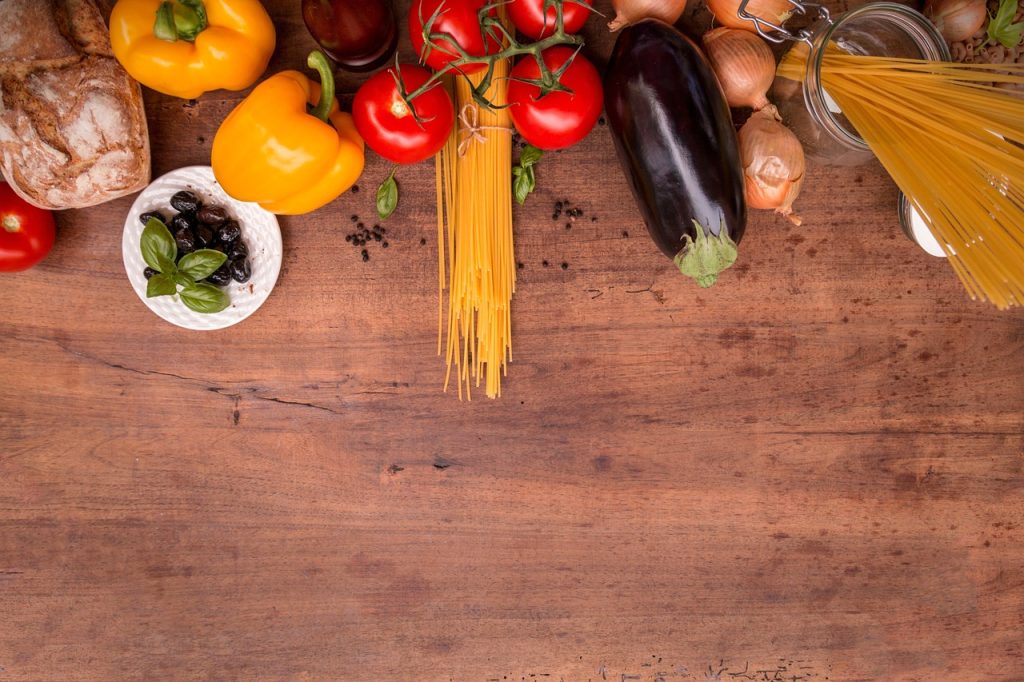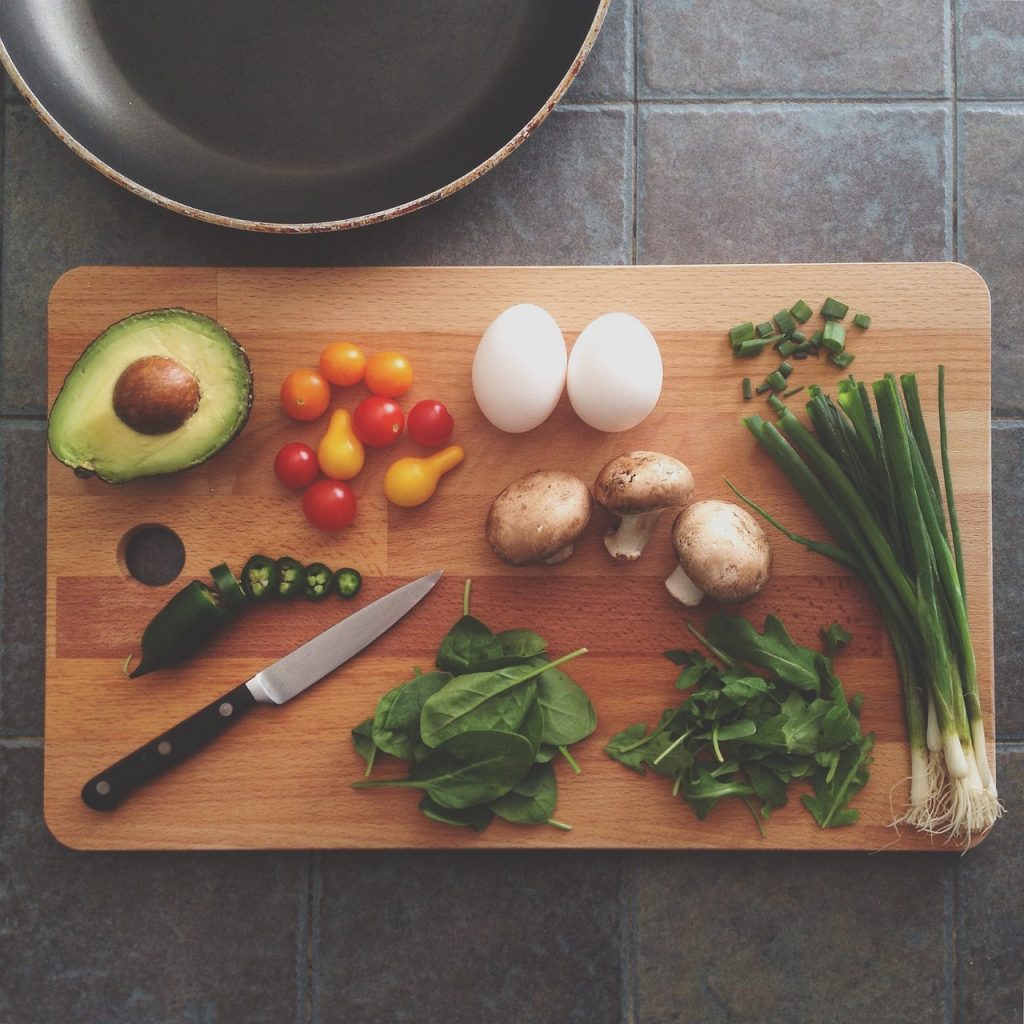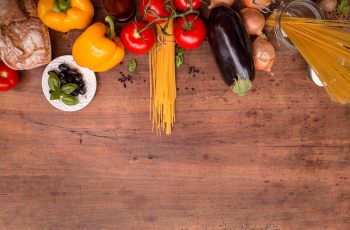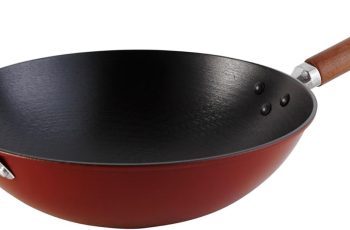Ad Blocker Detected
Our website is made possible by displaying online advertisements to our visitors. Please consider supporting us by disabling your ad blocker.
In today’s fast-paced cooking world, efficiency and versatility are paramount. This is where the saucepan shines. The saucepan is a kitchen essential that seamlessly transitions from stovetop to oven, allowing for a wide range of cooking techniques and preparations. With its durable construction and heat-resistant handle, the saucepan offers convenience and durability. Whether you’re searing a perfect steak on the stovetop or slow-cooking a hearty stew in the oven, the saucepan is a reliable companion that ensures optimal results every time. Discover the limitless possibilities of stovetop to oven cooking with the multifunctional saucepan.

Choosing the Right Saucepan
When it comes to choosing the right saucepan, there are a few factors you need to consider. One of the key aspects to consider is the size and capacity of the saucepan. The size of the saucepan you choose should depend on your specific needs and the amount of food you typically cook. If you frequently cook for a large family or like to make big batches of sauces or soups, a larger saucepan with a higher capacity would be a good choice. On the other hand, if you mostly cook for yourself or a small group, a smaller saucepan with a lower capacity would be more suitable.
Another important factor to consider when choosing a saucepan is the material it is made of. The material of the saucepan can affect its heat conductivity, durability, and even the flavors of the food you cook in it. Common materials for saucepans include stainless steel, aluminum, copper, and non-stick coatings. Each material has its own pros and cons, so it is important to choose the one that best suits your cooking style and preferences.
Handle type is another consideration when selecting a saucepan. Handles can be made of various materials such as stainless steel, silicone, or even heat-resistant plastic. It is important to choose a handle that stays cool to the touch while you cook, ensuring that you can handle the saucepan safely without the risk of burns. Additionally, make sure that the handle is securely attached to the saucepan for stability and durability.
Preheating the Saucepan
Preheating a saucepan before you start cooking is an essential step that should not be overlooked. Not only does preheating help to ensure even cooking and prevent food from sticking to the pan, but it also helps to enhance the flavors and textures of the dishes you prepare.
Preheating can be done on both the stovetop and in the oven, depending on your recipe and cooking method. On the stovetop, preheating allows you to start cooking your ingredients at the desired temperature right from the beginning, ensuring that they cook evenly. In the oven, preheating ensures that the saucepan is evenly heated throughout, promoting consistent cooking and minimizing the risk of undercooking or overcooking your dish.
Stovetop Cooking Techniques
When it comes to cooking on the stovetop with a saucepan, there are several techniques you can employ. Each technique requires a different level of heat and time to achieve the desired results.
Simmering is a gentle cooking technique where the liquid in the saucepan is maintained at a temperature just below boiling. It is commonly used for cooking delicate foods like sauces, soups, and stews. By simmering your ingredients slowly and gently, you can extract flavors and ensure that the food is cooked thoroughly without becoming overcooked.
Boiling is a more vigorous cooking technique that involves heating the liquid in the saucepan to its boiling point. This method is commonly used for cooking pasta, blanching vegetables, and boiling eggs. Boiling allows food to cook quickly and efficiently, but it is important to monitor the saucepan closely to prevent the liquid from boiling over.
Sauteing involves cooking food quickly in a small amount of hot fat or oil. It is a versatile technique that can be used to cook a variety of ingredients, from vegetables to meats. By sauteing in a saucepan, you can easily control the heat and ensure that the ingredients are evenly cooked and browned.
Browning, also known as searing, is a technique used to add color and flavor to ingredients. It involves cooking food at a high temperature for a short period of time to develop a crust or caramelization. Browning can be done in a saucepan by heating it over high heat and searing the ingredients until they are browned to perfection.
Transitioning to the Oven
Sometimes, a recipe may require you to transition your saucepan from the stovetop to the oven. This transition is necessary when you need to continue cooking your dish using dry heat or when you want to achieve a different texture or finish.
When transitioning from stovetop to oven, it is crucial to ensure that your saucepan is compatible with oven use. Not all saucepans are oven-safe, especially those with plastic or wooden handles. To avoid any accidents or damage to your saucepan, make sure to choose a saucepan with oven-safe handles or detachable handles that can withstand high temperatures.
The process of transitioning from stovetop to oven usually involves a few simple steps. First, preheat your oven to the desired temperature. Then, carefully transfer your saucepan from the stovetop to the oven, making sure to use oven mitts to protect your hands. Place the saucepan on the center rack of the oven and let it continue cooking for the specified time.

Recipes and Cooking Ideas
Having the ability to transition your saucepan from the stovetop to the oven opens up a world of possibilities when it comes to cooking. Here are a few recipe ideas that can be easily accomplished using this cooking technique:
One-pot meals are perfect for busy individuals or families looking for a quick and easy dinner option. By using a saucepan that can go from stovetop to oven, you can easily prepare delicious one-pot meals like paella, risotto, or even a hearty baked pasta dish. These recipes often require sauteing ingredients on the stovetop before being finished off in the oven, resulting in a flavorful and satisfying meal.
Baking recipes are another great idea when it comes to utilizing the stovetop to oven transition. You can use your saucepan to make delectable desserts like cobblers, crisps, or even a classic chocolate cake. The even heat distribution in the oven ensures that your baked goods are cooked evenly and have a beautiful golden crust.
Roasting recipes can also benefit from the stovetop to oven technique. By starting the cooking process on the stovetop to sear the ingredients and then transferring them to the oven, you can achieve perfectly roasted meats, vegetables, and even fruits. This method allows you to lock in flavors and create a delicious caramelization that enhances the overall taste of your dish.
Tips for Successful Transitions
To ensure a successful transition from stovetop to oven, there are a few tips and precautions to keep in mind.
Using oven-safe handles is crucial when it comes to safely transitioning your saucepan. Make sure that the handles of your saucepan can withstand high temperatures and do not conduct heat, preventing any burns or accidents while handling the hot saucepan.
Monitoring cooking time and temperature is also important when transitioning to the oven. Different recipes and dishes require different cooking times and temperatures, so it is essential to follow the instructions carefully. Keep a close eye on the oven and use a thermometer if needed to ensure that your food is cooked to perfection.
Avoiding rapid temperature changes is another key tip to remember. Placing a cold saucepan directly into a hot oven or vice versa can cause the saucepan to warp or crack. To avoid this, allow your saucepan to gradually reach the desired temperature by preheating it accordingly.

Maintaining and Cleaning Saucepans
Proper maintenance and cleaning of your saucepan will not only extend its lifespan but also ensure that your cooking experiences are always enjoyable. Here are a few tips to help you maintain and clean your saucepans effectively.
Cleaning your saucepans after each use is essential to avoid any buildup of food residues or stains. Most saucepans can be easily cleaned with warm soapy water and a gentle scrubbing sponge or cloth. Avoid using harsh abrasives or metal utensils that could scratch the surface of your saucepan.
For stubborn stains and burnt-on food, you can try soaking the saucepan in warm soapy water for a few minutes before scrubbing. If the stains still persist, you can create a paste using baking soda and water and gently scrub the affected area until the stain is removed.
When it comes to storing your saucepans, it is important to stack them properly to avoid any scratches or damage. If your saucepans have detachable handles, make sure to remove them before stacking to save space. You can also use protective pads or dividers to prevent direct contact between the saucepans.
Safety Precautions
During the cooking process, it is crucial to prioritize your safety. Here are a few safety precautions to keep in mind when using saucepans that can be transitioned from stovetop to oven.
Always remember to use oven mitts or potholders when handling hot saucepans, whether on the stovetop or when transitioning to the oven. The handles and lids can become extremely hot, and without proper protection, you risk burns or accidents.
Avoiding steam burns is another important safety measure. When removing lids from saucepans, open them away from your face and body to prevent steam burns. Additionally, use caution when checking on your dish in the oven, as the steam released when opening the oven door can be extremely hot.
Handling hot saucepans with care is crucial to prevent accidents. Always ensure that the saucepan is placed on a stable surface or trivet when transitioning or serving food. Avoid placing a hot saucepan directly on countertops or other surfaces that may be heat-sensitive.
Common Mistakes to Avoid
While using a saucepan that can transition from stovetop to oven can open up a new world of cooking possibilities, there are a few common mistakes to avoid to ensure the best results.
Using non-oven safe saucepans can lead to disastrous outcomes. Make sure to check the manufacturer’s instructions and confirm that your saucepan is indeed safe for use in the oven. Using a non-oven safe saucepan can result in handle damage or even meltdowns, posing safety risks.
Overcrowding the pan is another mistake to avoid. When transitioning a saucepan to the oven, make sure that the ingredients are evenly spaced and not overcrowded. Overcrowding can prevent even cooking and lead to uneven textures or undercooked food.
Neglecting to preheat your saucepan can also affect the outcome of your dish. Preheating allows the saucepan to reach the desired temperature before adding your ingredients, ensuring that they cook evenly and at the right pace. Neglecting this step can result in inconsistent cooking and improper flavor development.
In conclusion, a saucepan that can transition from stovetop to oven can greatly expand your cooking capabilities and allow you to create a variety of delicious dishes. By carefully considering factors such as size, material, and handle type, you can choose the perfect saucepan for your needs. Preheating the saucepan properly and mastering stovetop cooking techniques will help you achieve the best results. Transitioning to the oven opens up a whole new world of recipes and cooking ideas, but it is essential to follow safety precautions and avoid common mistakes. With proper maintenance and cleaning, your saucepans will last for years to come, providing you with endless culinary possibilities.

